When looking at fitness, there are plenty of metrics people consider. Strength, nutrition, flexibility, and others are all easily measured, at least in a vague sense. What about stamina?
Stamina is somewhat more nebulous when it finally comes to measuring it. However, for everyone, from children to adults to athletes, stamina is a pretty big deal. It allows you to do everything you need, enjoy it, and then some.
Why does stamina training matter?
The more stamina someone has, the less susceptible they are to fatigue. Stamina training can also help minimize some of the byproducts of age-related muscle loss.
Once we age out of our 30s, our bodies generally start to lose muscle mass year after year. This can lead to decreased energy and increased frailty. A combination of strength and stamina training during the aging process can help slow this trend. In some cases, it can even somewhat reverse the process and help the user gain back strength, function, and energy.
Stamina training doesn’t just matter because of the aging process. Stamina can also help reduce discomfort in daily or intense activities. If you want to hike, walk, or go through a full day without getting tired or winded, stamina matters.
Building stamina may also matter in the presence of certain health or living conditions. Asthma and heart disease both lower one’s stamina. Moving from a low-altitude location to a high-altitude one may also cause stamina loss.
There are plenty of reasons why one may want to do stamina training. There are plenty of reasons why one may need to do stamina training. Regardless, everyone can attain the health benefits this kind of exercise offers.
Can walking help with stamina training?
We’ll give you a little bit of a spoiler: Yes, it absolutely does. Below, we’ll explain why walking helps with stamina training and how to prepare yourself for training.
How many steps a day does a person need to walk?
One of the most popular numbers is 10,000 steps, but is this an accurate depiction of what’s necessary? Most current research says that the 10k estimate isn’t the gold standard we once thought it was. In reality, the ideal target number of steps varies based on the individual, including factors like age and health conditions.
Beyond that, experts stress that some walking is better than none. Progress should be the goal — not perfection. So, yes, walking more per day can increase your stamina, and the more steps you walk, the easier it becomes, but don’t get caught up in the numbers.
Walking vs. traditional strength training
To understand why walking, in particular, can help stamina, as opposed to traditional strength training, consider the following: Picture an athlete competing in two different races. One race is a sprint, only 400 meters, while the other is a marathon, requiring 26.2 miles. In which race is the person going to go faster, and in which will they go longer?
Obviously, the marathon requires significantly more stamina, while the sprint requires more speed. Think of this as the core difference between stamina and strength training. In strength training, you are maximizing your individual, short-term performance, while stamina training helps you to simply keep going. That’s why walking can help your stamina training.
For better stamina, you don’t need to push yourself in terms of the extremity of the work you are doing. You only need to perform work over an extended period of time. In other words, walking more is the key.
There are plenty of ways to get yourself walking more. These include finding small periods of time in the day, or you may extensively walk periodically. Next up, we’ll be showcasing how to prepare.
How to prepare for walking for stamina training
If you want to walk more, you’re going to have to put work into doing so. Luckily, you don’t necessarily need to put a large amount of time into doing so. Consider the following:
- Find interesting places to walk: It’s hard to get started with a new hobby or activity if it doesn’t feel enjoyable or purposeful. For example, if you live in a walkable major metropolitan city, you might find inspiration when you devote less time to driving. Walking from place to place can keep you moving and on the go. Plus, you can save on gas and spend some time in the great (city) outdoors.
On the other hand, if you live in a suburban or rural area that isn’t as walkable, it could be rewarding to explore new hikes or parks. You can also park farther away or take stairs instead of elevators in order to walk slightly more.
- Practice other stamina-increasing methods: Exercise isn’t the only way to improve stamina. Meditation, yoga, and listening to music while exercising have all been linked to higher stamina. These can also make walking and stamina training more engaging and interesting.
- Get a pair of comfortable shoes: When walking, the route you take matters. It’s also important to have a pair of shoes that support you the way you want. We’ll cover what to look for in walking shoes in a moment.
There are many ways to prepare for stamina training. Once you’ve prepared, there’s another important step: Sticking with your routine. We’ll next be discussing ways that you can improve the likelihood of maintaining your routine once you’ve started.
How to stay motivated while walking
Momentum is a wonderful thing. Once you’ve developed a habit, it becomes just that: A habit. However, it can be hard to form that habit at the start.
One missed walk can become two, or it may be you walk wonderfully for a week and peter out. Below are a few hacks to help improve consistency with walking:
- Walk with people: If you do things with a group, whether it be exercise or hobbies, you are more likely to stay consistent. Walking with friends or family can be a way to be social while doing your stamina training at once.
- Adjust goals as you progress: Set yourself a daily goal that’s slightly, but not exceptionally, higher than your daily average. That way, you have something immediately achievable. When you successfully reach your goal every day for a week or so, raise it slightly. Continue this process until you’re at a point that you’re satisfied.
- Set short-term and long-term goals: Goals should include both the short and long view of stamina training. Every day, you work towards an immediate goal. When you make SMART Goals (specific, measurable, achievable, relevant, and time-bound), you’re more likely to follow through with them.
- Don’t worry about setbacks: It can be easy to become discouraged when things don’t go the exact way you plan. Don’t let that bother you. If you take setbacks as inevitable missteps and not motivation-breaking failures, you’ll bounce back better.
Stamina training is wonderful, but it requires a plan and the tenacity to stick to that plan. There is one last way to stick to your plan: Find some great shoes to show off during your new outdoor (or indoor) adventure.
Choosing the best walking shoes
What makes a solid pair of shoes? Is it comfort or style? Both?
Most shoes come out as the deliberate product of designers with both of these in mind. Style is subjective, and no company would deliberately put out an uncomfortable pair of shoes. For a shoe to really break the mold, we need to look beyond this basic criteria.
What makes Kizik shoes the best for walking, working, and welcoming new challenges? They are casual shoes meant for everyday activity. After all, going around walking in high heels or boots doesn’t sound like the epitome of comfort.
What makes Kizik shoes different from every other sneaker on the market? One word: Accessibility. Each pair of Kiziks are carefully selected to create a shoe that anyone can wear.
Kizik shoes slide in, with the heel folding in to facilitate easy access. Once your foot is fully in, the heel bounces back out. No more squatting or struggling to free a crushed-in heel from a too-tight shoe.
Each Kizik also comes with a roomy toe box. There’s more than enough room for your feet to splay throughout the day.
Kizik shoes also come in a wide range of models and styles to fit your aesthetic. This includes leather options like the Vegas (in men’s and women’s styles), as well as canvas and mesh materials for sportier looks, like the Athens (in men’s and women’s styles, too!).
In the end, the best shoes walking are the ones you like. They should also be endlessly comfortable so that they don’t become a constraint on your stamina.
Easier travel with a step at a time
The more you walk, the greater your stamina becomes. Not only can it increase stamina, but it can help create a whole list of well-rounded habits.
Now that you know walking helps and you know what shoes to look for, it’s time to find your own!
Sources:
Walk to Build Strength and Endurance—One Step at a Time | UNC Health Talk
How to Increase Stamina I Healthline
Muscle Tissue Changes With Aging I National Library of Medicine
Do You Really Need 10,000 Steps a Day? | Consumer Reports
What Are SMART Goals: Examples for Students and Work | Southern New Hampshire University



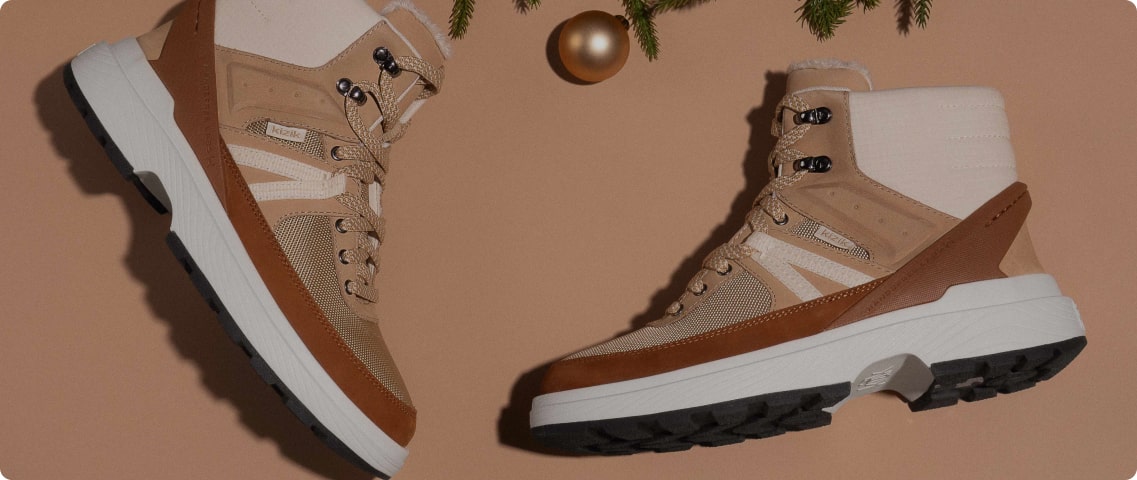
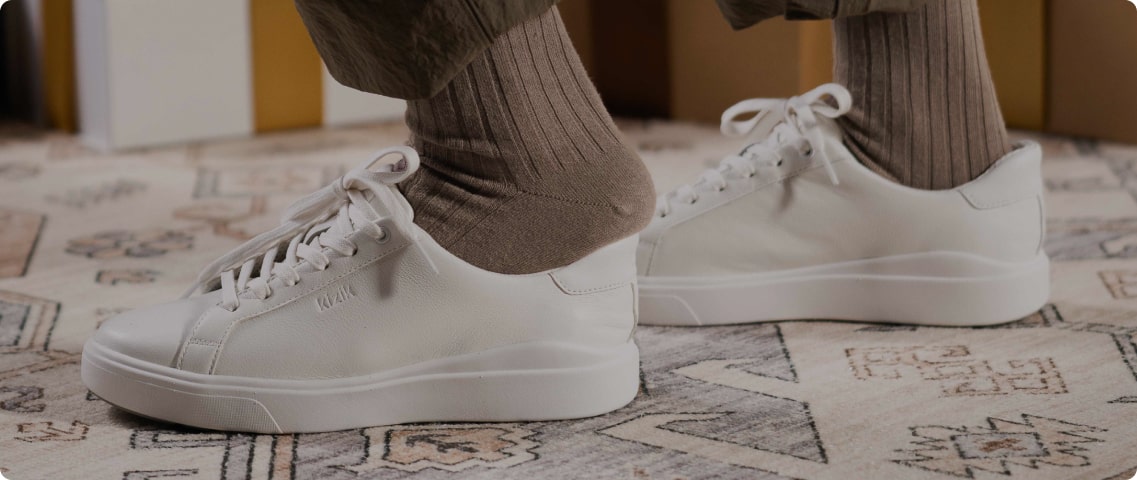
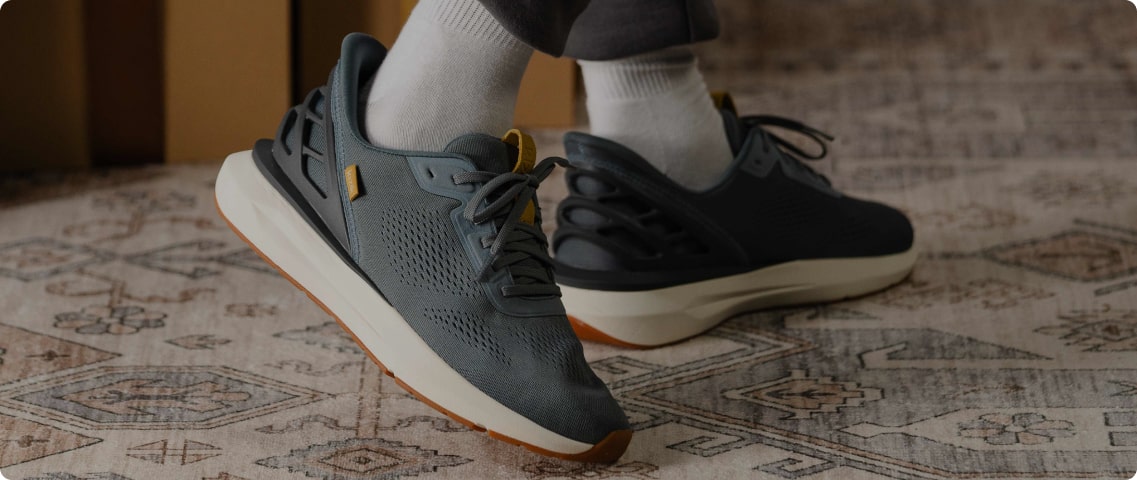









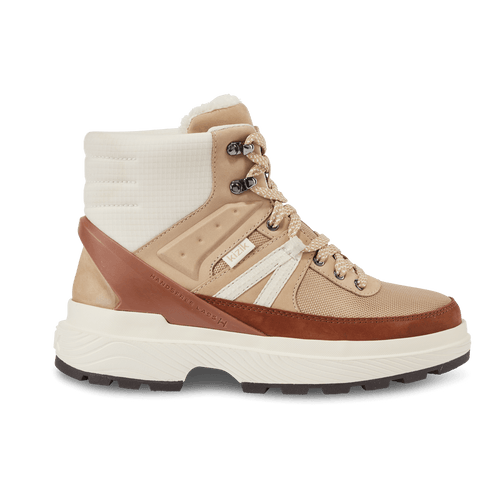
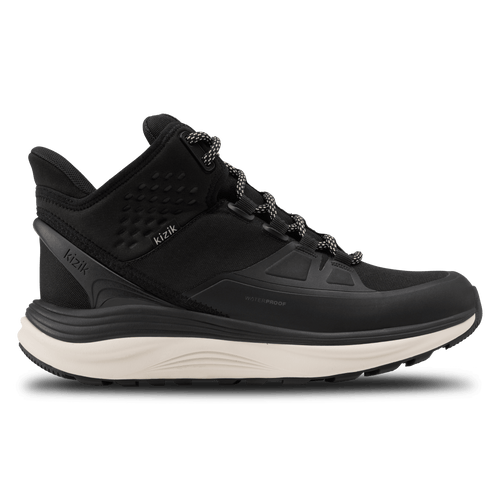










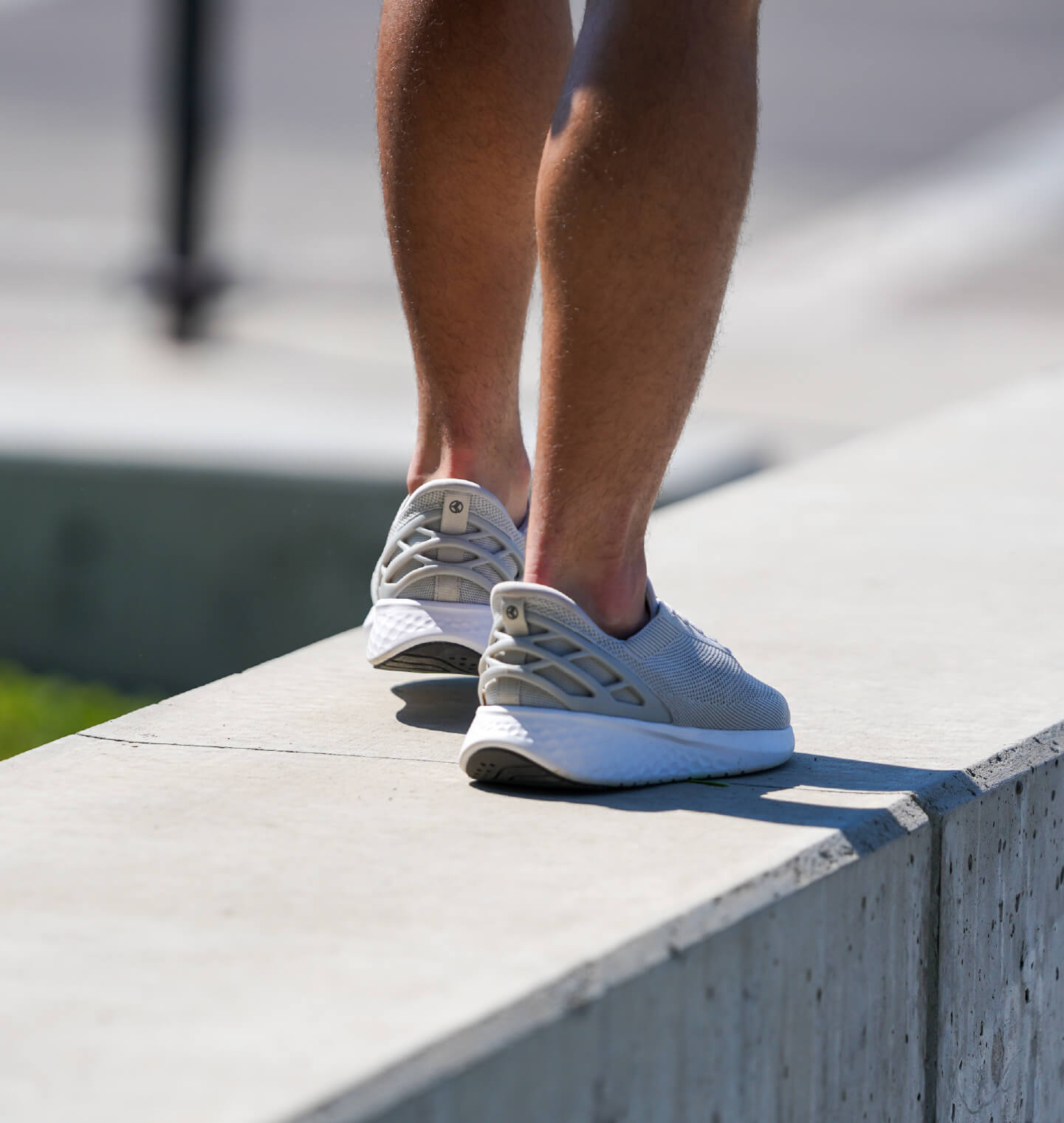

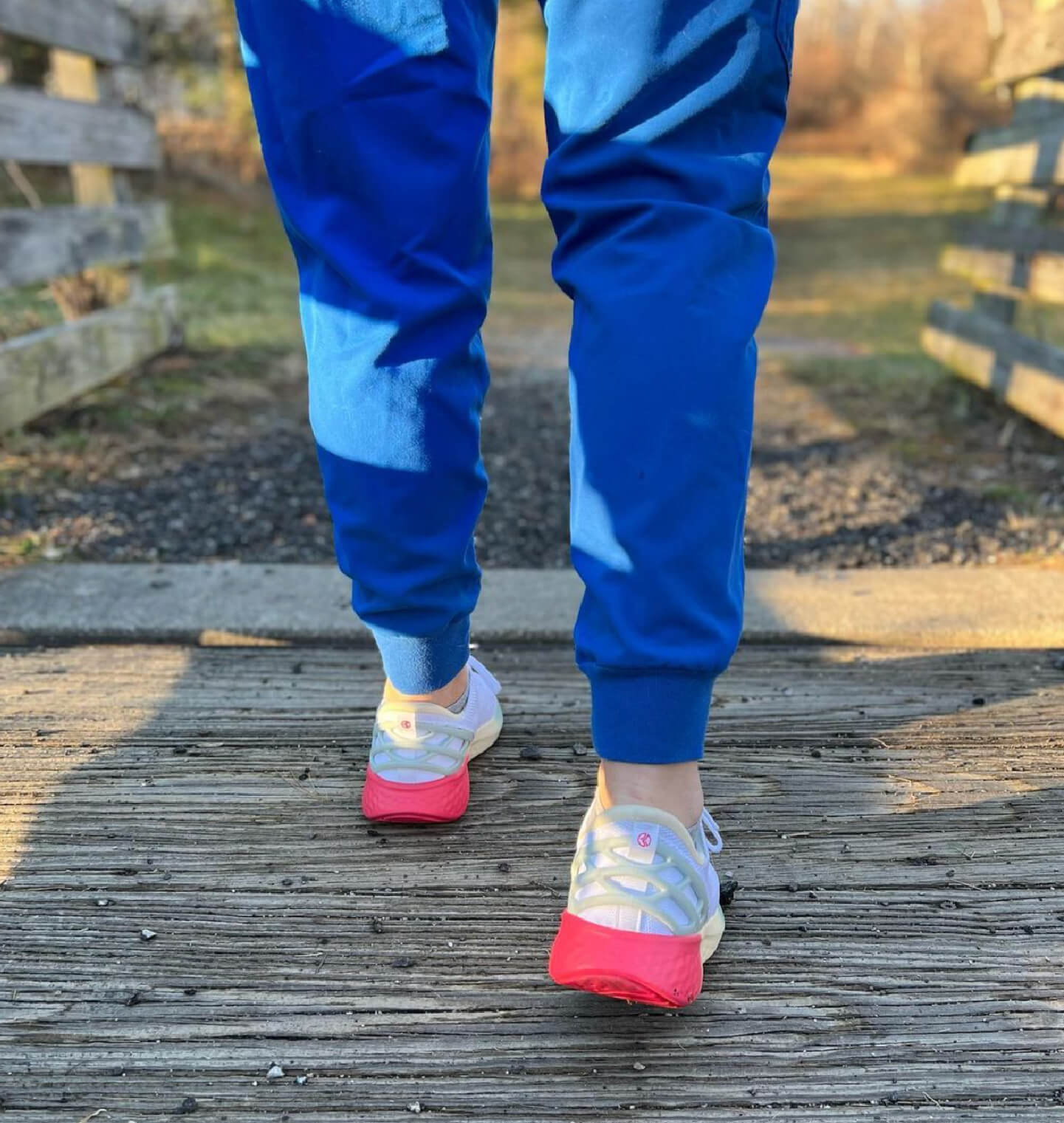
Leave a comment
This site is protected by hCaptcha and the hCaptcha Privacy Policy and Terms of Service apply.